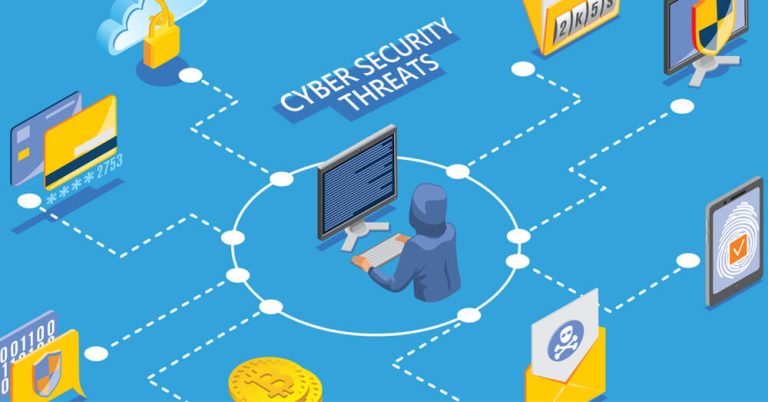


In an era where businesses increasingly rely on digital platforms, safeguarding your network from cyber threats is not merely optional—it’s essential. Cyberattacks can paralyze operations, steal sensitive data, and harm reputations. Whether you are a small business or a global enterprise, network security must be a top priority.
This blog will outline the fundamentals of network protection and best practices for defending against today’s sophisticated threats.
Understanding the Cyber Threat Landscape
Cyber threats come in many forms, including
Malware: Viruses, worms, ransomware, and spyware
Phishing: Fraudulent emails tricking users into revealing credentials
DDoS Attacks: Overwhelming your systems with traffic to disrupt services
Man-in-the-Middle (MITM): Intercepting data during transmission
Zero-Day Exploits: Attacks on undiscovered software vulnerabilities
These can severely compromise your network’s integrity, availability, and confidentiality.
Here’s how to build a strong defense:
1. Implement a Robust Firewall
Your firewall is your first line of defense. It monitors and controls incoming and outgoing network traffic based on security rules.
Tip: Invest in a next-generation firewall (NGFW) with features like
Deep packet inspection
Application awareness
Intrusion prevention
Threat intelligence integration
2. Use Strong Authentication and Access Control
Controlling who accesses your network is just as important as defending against outside threats.
Enforce multi-factor authentication (MFA).
Use role-based access control (RBAC) to limit user permissions.
Regularly audit and revoke access for ex-employees or outdated accounts.
3. Keep Software and Hardware Updated
Unpatched software is a common entry point for hackers. Apply updates regularly to:
Operating systems
Firewalls and routers
Endpoint protection tools
Business applications
Set up automated patch management where possible.
4. Train Your Employees
Human error is often the weakest link in cybersecurity.
Conduct regular training on:
Phishing awareness
Secure password practices
Data handling procedures
Reporting suspicious activity
5. Segment Your Network
Network segmentation limits the spread of malware and prevents unauthorized lateral movement.
Isolate critical systems (e.g., finance, HR).
Use VLANs and subnetting.
Apply different security policies per segment.
6. Monitor and Respond in Real-Time
Use Security Information and Event Management (SIEM) or EDR/XDR solutions to:
Detect anomalies
Get real-time alerts.
Automate incident responses.
Analyze logs for potential breaches.
7. Back Up Regularly
Ransomware and data corruption can render systems useless. Having frequent, secure backups ensures you can recover quickly.
Store backups offline or in secure cloud environments.
Test backups periodically.
Final Thoughts
Cybersecurity is not a one-time investment—it’s an ongoing strategy. By combining the right tools, practices, and employee awareness, you can significantly reduce your risk of falling victim to cyber threats.
Start with the basics, build a strong foundation, and continuously evolve your defenses as threats change. Because in the digital world, being prepared is being protected.